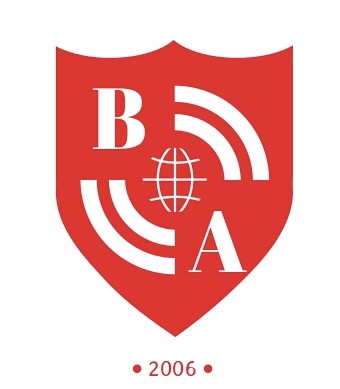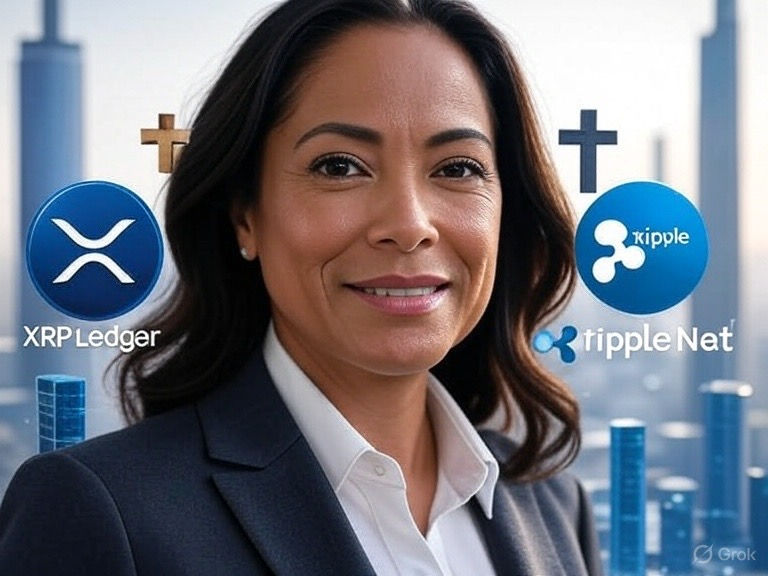Types of Rollup Solutions in Web3 / Existing Products on the Market
- Business Anthropology

- Dec 17, 2022
- 5 min read

From Bitcoin to Ethereum, Hedera to Cardano, Polkadot to Cosmos and Avalanche; almost every major Layer 1 solution has complementary Layer 2 solutions or “rollups.” How they compare to each other and how they differ is contingent upon the Layer 1 they are built upon and/or interact with. At this time, no L1 and L2 coupling shows as much promise as well as real world implementation as Ethereum and Polygon.
L2 solutions try to improve upon the foundational Layer 1s. L2 solutions range from state channels to sidechains, Optimistic and ZK-rollups. The nomenclature and solutions are not standardized, yet all are battling for dominance within perspective ecosystems, industries, markets and niches.
If we are comparing “apples to apples” and sticking with Ethereum, Polygon really doesn’t have any competition. With that said, a couple of Polygon Matic’s extensive and individual rollup solutions do have what some may see as “competitors.” This is to say that each of Polygon’s solutions from Nightfall, Avail, Miden (STARK-based zkr), Edge/Supernet, Zero (zkr with Plonky2) and “Hermez” have a competing entity that provides or is trying to provide a similar solution. What are some existing L2s/products to take note of?
Loopring has been around since August of 2017 as a Decentralized Token Exchange Protocol. Today, Loopring has a loyal following and is recognized as a blockchain agnostic deployable on any blockchain with “smart contract” functionality. Loopring operates as a public set of smart contracts responsible for trade and settlement, with an off-chain group of actors aggregating and communicating orders. The protocol is free, extensible and serves as a standardized building block for decentralized applications (dApps) that incorporate exchange functionality. Its interoperable standards facilitate trustless, anonymous trading. An important improvement over current decentralized exchange protocols is the ability for orders to be mix-and-matched with each other and dissimilar orders. In their words this “obviates the constraints of two-token trading pairs and drastically improves liquidity.’
Loopring also employs a robust solution to prevent “front-running:” the unfair attempt to submit transactions into a block quicker than the original solution provider. Assets on Loopring’s L2 are equally secure as they are on the Ethereum Mainnet. Transaction fees are 1/30–1/100 of the fees on the Ethereum Mainnet. They can settle approximately 2000 transactions per second at this time.
Arbitrum and Optimism are Optimistic rollup solutions and considered “key players.” They are supported by the Coinbase Wallet. Arbitrum and Optimism can be used to transfer assets from the Ethereum network to their Layer 2 network. The biggest difference is in addition to ERC-20 tokens, Optimism facilitates NFTs. Another criticism and drawback: both Arbitrum and Optimism transactions require gas fees to be paid in ETH, unlike other scaling solutions such as Polygon and Loopring.
Arbitrum has a unique dispute resolution model. Instead of re-running the whole transaction on the Layer 1 to verify the fraud-proof is valid, they use an interactive multi-round model which narrows down the scope of the dispute and executes only a few instructions on the Layer 1 to verify if a suspicious transaction is valid. It also runs a sequencer responsible to give orders to the transactions.
In the Arbitrum workflow there are two main players involved: First, Sequencers (or Batchers). These nodes are responsible for taking user transactions from L2 and submitting the transaction data onto Layer 1. Secondly, Validators. These nodes are responsible for reading and processing the transaction data on the main layer and finally updating the state in L2. The technical implementation of Arbitrum is a bit more complicated than Optimism. For example, it has two different L1 smart contracts (a delayer and sequencer inbox) to post the transaction data; three types of batcher nodes (forwarders, sequencers and aggregators); three validating strategies (Defensive, StakeLatest and MakeBlocks); their own virtual machine is known as the Arbitrum Virtual Machine (AVM); and Arbitrum’s own operating system (ArbOS). This gives developers and users lots of flexibility and features however, the complexity of the tools and technologies make it a difficult technology to understand, adopt and implement.
Optimism is an interesting L2 solutions in that the ordering of transactions can be auctioned off to the other parties for a certain period of time. These other parties are called “sequencers” and “verifiers.” Sequencers are the nodes who are responsible for running the transactions in L2 and submitting the transaction data and new L2 state back to Layer 1. Verifiers are the nodes who are responsible for fraud proofing. They do this by comparing their new state root to the one submitted by the sequencer. Both sequencers and verifiers are running L2Geth — a slightly modified version of GETH.
Optimism says they make Ethereum more scalable. With optimism, sequencers and verifiers take charge of handling transactions. As a result, computation load on the Ethereum Mainnet is reduced significantly. Moreover, the gas fees are dropped as a direct result of less competition.
One possible bottleneck of the Optimism project is the centralized nature of its sequencer nodes. According to the announcements, there will only be one sequencer node managed internally by the Optimism team. As a future plan, they want to decentralize this to make the project more stable and secure. Until then, this centralized feature is an area of great concern to many.
StarWare is composed of world-class cryptographers and scientists who have been pioneers and innovators in the Zero-Knowledge field for many years. They have published many academic papers, but are still in the process of turning their vision into a real-world product. To date StarkWare invented and built its own ZK-STARK system. StarkWare has several systems running in the production environment, which use a Turing-complete programming language called Cairo. StarkWare is faster, more secure (in a cryptographic sense), transparent (no trust settings required) and post-quantum secure. What makes them “unique” is: StarkWare invented the Volition system to solve DA problems. Volition allows end-users to choose between the rollup solution (on-chain data availability) and the validium solution (off-chain data availability) for each transaction.
ZkSync uses the zkPorter technology based on Volition. The main difference between Volition and zkPorter is: in the Volition solution, users can choose the data storage method based on each transaction, while in zkPorter solution, users can choose the transaction settlement method based on each account (zkPorter accounts can only be accessed through off-chain data-available ways to make transactions). In addition, zkPorter’s off-chain DA system is more decentralized, because its DA is motivated by Guardian, actuated by zkSync native tokens to provide security, rather than a centralized “DAC.”
Other notable mentions to further explore are: Aztec, Boba, Cartesi, DeversiFi, dYdX, Fuel, Hubble, Immutable X, Metis, Nahmii, Optimism, Sorare and Worldcoin. https://www.zkrollups.xyz/ is a directory of ZK Rollup solutions.



Comments